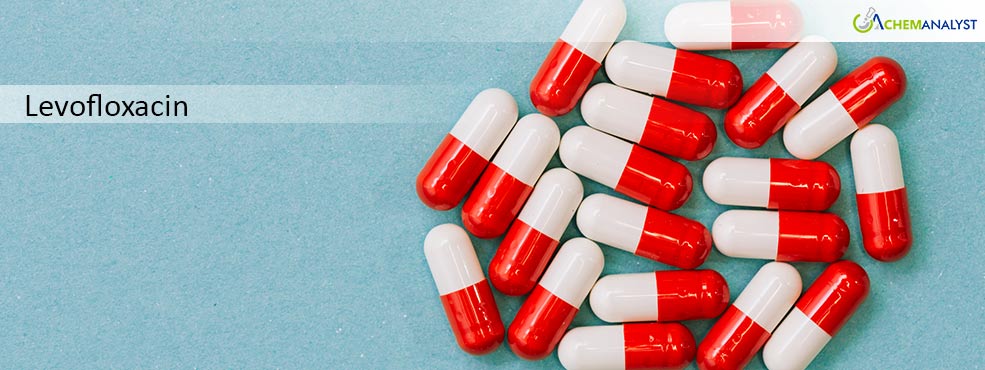Levofloxacin Hemihydrate Costs Poised to Climb Amid Supply Crunch and Rising Demand
- 19-Feb-2025 2:35 PM
- Journalist: Jacob Kutchner
The global pharmaceutical market is bracing for a moderate increase in the prices of levofloxacin hemihydrate, a widely used antibiotic, throughout February 2025. This price increase is fueled by rising levofloxacin hemihydrate demand from the healthcare and pharmaceutical industries, alongside a tightening supply in the market.
Key Takeaways:
-
Production slowdowns during the holidays and depleted inventories will disrupt supply, pushing prices up by mid-February.
-
A 10% tariff will raise costs for US pharma firms importing levofloxacin hemihydrate from China.
-
US companies may pivot to India for supplies, but heightened demand could strain Indian production and push prices higher there too.
-
China may redirect exports to Europe, intensifying competition and likely driving up levofloxacin hemihydrate prices in the region.
China’s Lunar New Year celebrations typically result in a manufacturing slowdown, with factories either closing or operating at reduced capacity for the 15-day festival. As workers take extended leave and logistics networks function at lower efficiency, the production and distribution of key pharmaceutical ingredients, including levofloxacin hemihydrate, are likely to be impacted.
In the lead-up to the holiday, manufacturers and suppliers often exhaust existing stockpiles to meet pre-festival orders, causing a notable decline in available inventory. Consequently, as operations gradually restart by mid-February, the market may experience a supply-demand imbalance, with reduced stock levels pushing levofloxacin hemihydrate prices higher.
Compounding these supply chain issues, President Trump signed an executive order on February 1, 2025, imposing a 10% tariff on all Chinese imports. As China is a key supplier of levofloxacin hemihydrate to the U.S., pharmaceutical companies dependent on Chinese imports will now encounter higher procurement costs, which are likely to be passed on to consumers and end-users.
In an effort to sidestep these rising costs, U.S. buyers may turn to alternative suppliers like India, a leading producer of generic pharmaceuticals and APIs. However, this surge in demand from the U.S. could put pressure on India's existing supply capacity, creating a supply-demand imbalance. As Indian manufacturers focus on fulfilling these new orders, domestic availability of levofloxacin hemihydrate may shrink, potentially driving up prices within India.
China’s strategic reaction to U.S. tariffs could have a notable impact on the European market. With the 10% tariff making the U.S. a less attractive destination, Chinese producers may redirect their focus to key markets like Europe to maintain export volumes. While this might seem to secure a stable supply, the production slowdown during China’s Lunar New Year complicates the outlook. As European pharmaceutical companies increase their demand for Chinese levofloxacin hemihydrate, intensified competition is likely to drive prices upward.
Amid these market dynamics, global levofloxacin hemihydrate prices are projected to rise throughout Q1 2025, fueled by sustained demand across major markets. The overall cost increase will be driven by supply chain disruptions, evolving trade patterns, and intensified competition for constrained supply.



